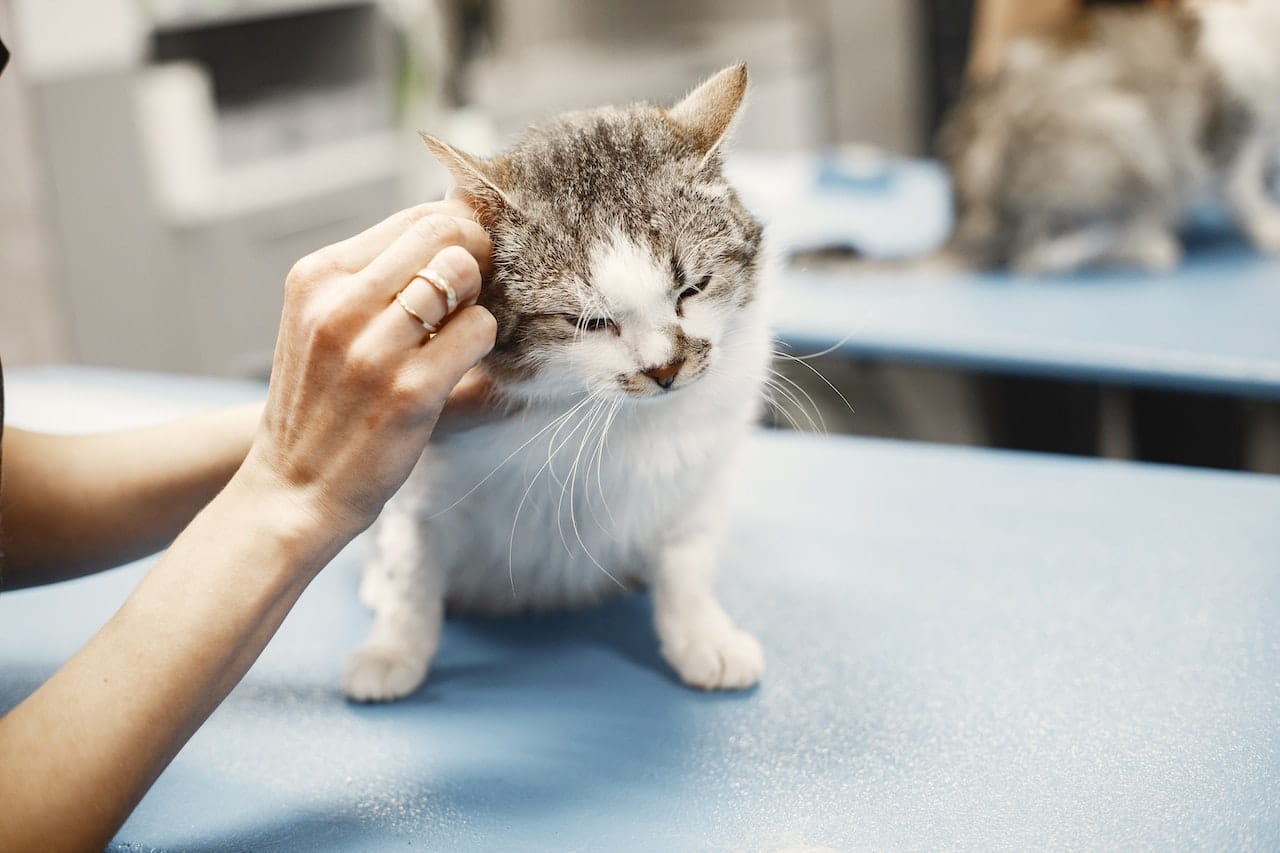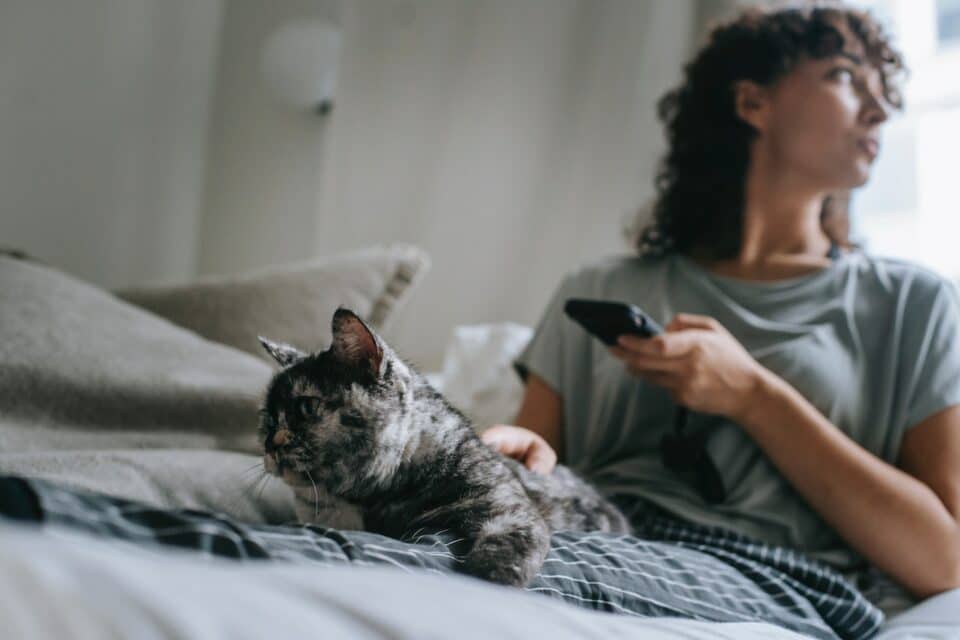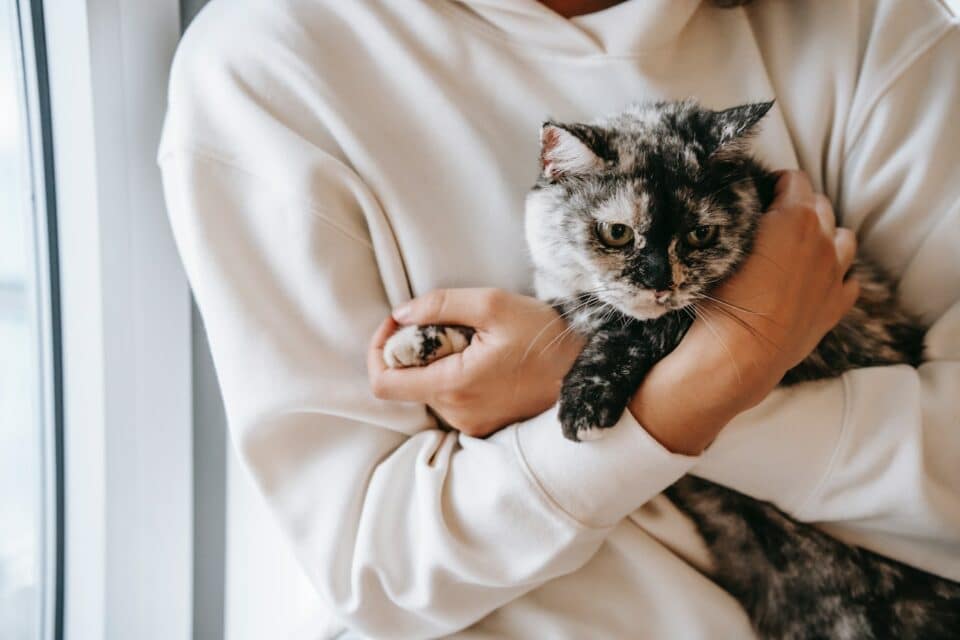
Cat Limping: Common Causes and When to Seek Veterinary Care
When your agile and graceful feline friend starts limping, it is more than just a physical issue; it's a sign that something is amiss. Limping in cats can be subtle or pronounced, but it should always command attention. Understanding the possible causes of your cat's limp is crucial, as it is a clear signal that your pet is in discomfort or pain. It can be due to a range of issues, from a minor sprain or strain to more severe conditions like fractures or arthritis. Regardless of the cause, it's important for cat owners to recognize this sign and take the necessary steps to address it.
It's alarming to realize that a significant number of cats will experience a limp at some point in their lives, which may be a result of injury, disease, or unknown factors. This common issue is not just about mobility; it's a clear indicator that our cherished pets may be suffering silently. Knowing when to consult a veterinarian is vital, as timely and appropriate care can make all the difference in your cat’s comfort and recovery. Keep reading to learn more about what could be causing your cat to limp and how to determine when professional medical attention is necessary.
Why Isn't My Cat Showing Pain While Limping?
Cats have a unique ability to mask their pain, a survival instinct that prevents them from appearing weak to predators. Because of this, they might not show obvious signs of pain even when limping. They may continue to eat normally and interact with family members, hiding their discomfort remarkably well. It is critical for cat owners to become adept at recognizing subtle signs of pain in their cats, such as changes in grooming habits, avoidance of jumping or climbing, and general changes in behavior. Cats might also become more vocal, hide more frequently, or show a decrease in appetite. Being observant for these signs is essential, as cats rely on their owners to notice and address their silent suffering effectively.
What Triggered My Cat's Limping Out of the Blue?
Limping can occur suddenly due to a variety of reasons: minor injuries, fights with other animals, jumping mishaps, or stepping on a sharp object. Even a simple awkward landing from a jump can lead to a sprain or strain. Understanding your cat’s normal behavior and daily routines can help identify unusual activities or events that might have triggered the limp. Regularly inspecting your cat’s paws and limbs for signs of injuries or abnormalities is crucial. Your cat might have encountered a new threat in its environment, like an aggressive animal, or might have ventured into a risky area, such as a high shelf or an unstable surface. Quick action after noticing a sudden limp is essential in preventing the condition from worsening and ensuring timely care.
Related Link: Should I Keep My Cat Indoors During the Winter?

Immediate Actions When Your Cat Starts Limping
When your cat starts limping, first ensure they are in a safe and comfortable environment, away from other pets or any hazards that might exacerbate the injury. Avoid any further strain on the affected limb and consider applying a Joint & Bone Ointment for minor injuries after consulting a vet. This ointment may provide relief to discomfort and reduce inflammation. It's essential to monitor your cat’s behavior and appetite closely during this period. Keep a vigilant eye for any changes in their usual habits, as this can signal that their pain may be worsening. Avoid self-diagnosing and administering human pain medications, as many are toxic to cats. Instead, schedule a veterinary appointment as soon as possible for a proper evaluation and treatment plan. Until the vet visit, keep your cat as calm and still as possible, perhaps using a cat carrier or a confined space to limit movement.
Interested in finding a company with pet products you can trust? Checkout Gou Gou Pets today.
Is a Vet Visit Necessary for My Limping Cat?
If the limp is severe, persistent, or associated with obvious pain or injury, a vet visit is necessary.
Warning signs include:
- Not using the leg at all
- Swelling or hotness in the area
- Persistent or worsening limp
- Crying or aggression when the area is touched
Preventive care, like regular check-ups, can spot issues before they become severe.
Why Even Indoor Cats Aren't Immune to Limping
A misconception is that indoor cats are safe from harm. However, they can still slip, fall, or injure themselves on furniture or stairs. Even a playful leap can result in a sprain or minor injury, leading to limping.
How Long Until My Cat Stops Limping?
The recovery time for a limping cat depends on the cause. For minor injuries, improvement is often seen within a few days. For severe conditions, recovery may take weeks or months. Therapies like Joint Comforting Shampoo can aid in comfort during this time. Creating a safe, quiet recovery space is essential.

FAQs
- What should I do if my cat is limping? Keep your cat comfortable and avoid putting strain on the affected limb. Consult your vet.
- When should I take my cat to the vet for limping? If the limp is severe, persistent, or your cat is in obvious pain.
- Can a cat limp heal on its own? Minor limps can resolve, but persistent limping requires a vet’s care.
- Why is my indoor cat limping? Indoor cats can suffer injuries from falls, jumps, or household hazards.
Want to read more articles about cat care? From grooming tips to nutrition advice, our blog is your go-to resource for all things cat. Learn more on our blog today.
Taking Proactive Steps for Your Limping Cat's Health and Comfort
Vigilant care and understanding the signs when your cat is limping are key to their well-being. If you notice your cat limping, don't wait for it to worsen—early veterinary care can make a significant difference. For supportive care, consider products like Joint & Bone Ointment for Injuries and Joint Comforting Shampoo, which are designed to comfort and aid in your cat’s recovery process. Always consult with your vet before starting any new treatment.
Related Link: How Can I Prepare My Cat for Winter Months?
Share
